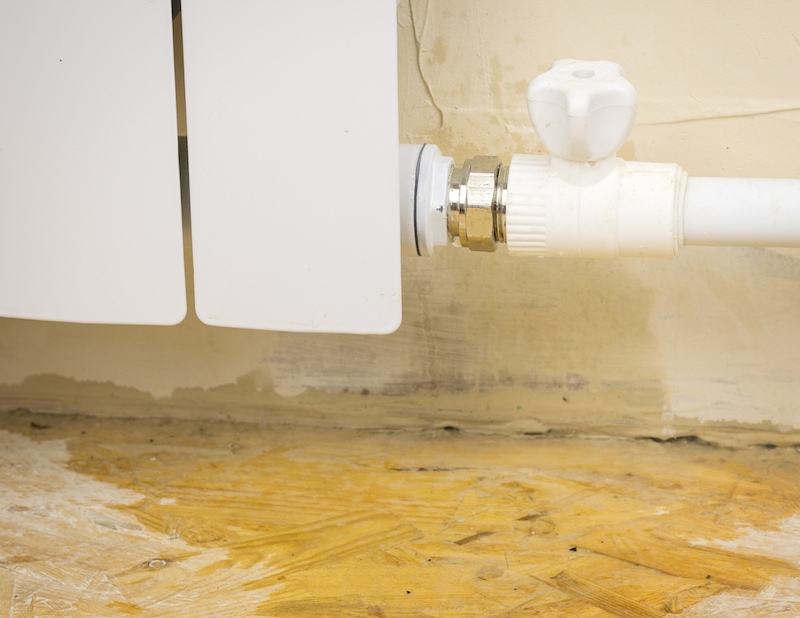Learn About the Key Origins Contributing To Water Leak Issues Within Your Residence
Learn About the Key Origins Contributing To Water Leak Issues Within Your Residence
Blog Article
Have you been on the lookout for content concerning How to Find Water Leaks?

Leaks not just create waste of water yet can additionally cause unneeded damages to your house and promote unwanted organic growth. By looking and recognizing for daily circumstances that create leaks, you can protect your home from future leaks and also unnecessary damage.
Immediate temperature level modifications.
Severe temperature modifications in our pipelines can cause them to expand and also get all of a sudden. This development and tightening may cause cracks in the pipes, especially if the temperature are below freezing. If you kept an eye on how your plumbing works, it would certainly be best. The existence of the formerly pointed out situations regularly shows a high risk.
Corroded water supply
As time goes by, your plumbing system ages and also deterioration such as corrosion may start gnawing the pipelines. This might be the root cause of discoloration or bending on your pipes. This requires an evaluation with your plumber promptly. If our plumbing system is old, take into consideration replacing the pipelines because they go to a higher danger of corrosion than the more recent versions.
Malfunctioning Pipe Joints
The point at which your pipes attach is regularly the weakest link in the waterline. Pipe joints can degrade gradually, leading to water leakages. Regrettably, the majority of pipeline joints are not conveniently visible. If you have noisy pipelines that make ticking or banging noises, particularly when the warm water is turned on, your pipe joints are possibly under a great deal of stress. It is advisable to have your plumber inspect your system yearly.
Intruding origins
The majority of water leaks start outside the house instead than inside it. You might observe damp spots or sinkholes in your backyard, as well as that may suggest that tree roots are invading water lines triggering water to permeate out.
Poor Water Connectors
At times, a leak can be caused by loosened tubes as well as pipelines that provide your appliances. In situation of a water connections leakage, you might discover water running directly from the supply line or puddles around your home appliances.
Blocked Drains
Blocked drains could be bothersome and inconveniencing, yet they can sometimes wind up triggering an overflow resulting in rupture pipelines. Keep removing any kind of products that may decrease your drains pipes that might clog them to prevent such troubles.
All the above are sources of leakages but not all water leakages result from plumbing leaks; some leakages might originate from roof leakages. All leaks should be repaired quickly to prevent water damage.
Leaks not only create waste of water yet can also trigger unnecessary damages to your home and also promote undesirable natural growth. By recognizing and looking for daily scenarios that trigger leaks, you can secure your home from future leakages as well as unnecessary damages. Today, we will certainly look at six leakage creates that may be creating your pipes to drip.
At times, a leakage can be created by loose pipes and pipes that supply your home appliances. In situation of a water links leakage, you may observe water running straight from the supply line or pools around your devices.
How To Check For Water Leak In Your Home
How To Check for Leaks
The average household's leaks can account for nearly 10,000 gallons of water wasted every year and ten percent of homes have leaks that waste 90 gallons or more per day. Common types of leaks found in the home are worn toilet flappers, dripping faucets, and other leaking valves. These types of leaks are often easy to fix, requiring only a few tools and hardware that can pay for themselves in water savings. Fixing easily corrected household water leaks can save homeowners about 10 percent on their water bills.
To check for leaks in your home, you first need to determine whether you're wasting water and then identify the source of the leak. Here are some tips for finding leaks:
Take a look at your water usage during a colder month, such as January or February. If a family of four exceeds 12,000 gallons per month, there are serious leaks.
Check your water meter before and after a two-hour period when no water is being used. If the meter changes at all, you probably have a leak.
Identify toilet leaks by placing a drop of food coloring in the toilet tank. If any color shows up in the bowl after 10 minutes, you have a leak. (Be sure to flush immediately after the experiment to avoid staining the tank.)
Examine faucet gaskets and pipe fittings for any water on the outside of the pipe to check for surface leaks.
Undetected water leaks can happen without the home or business owner even realizing. If you suspect a water leak, but not able to find the source. It is time to contact a professional water leak detection service, The Leak Doctor.
How To Find a Water Leak In Your Home
https://www.leakdoctor.com/blog/How-To-Check-For-Water-Leak-In-Your-Home_AE197.html

Do you appreciate more info about Top Causes of Home Water Leaks? Put a remark further down. We will be delighted to listen to your thoughts about this posting. We are looking forward to see you back again before long. Sharing is nice. Helping people is fun. We love reading our article about Top Causes of Home Water Leaks.
Professional touch for plumbing woes. Report this page